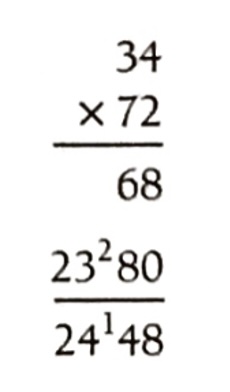CS-GY 6313: Information Visualization
Fall 2025 - Course Introduction & Syllabus
New York University
2025-09-05
Welcome to Information Visualization!
CS-GY 6313
- Instructor: Claudio Silva (csilva@nyu.edu)
- Time: Fridays 11:00 AM - 1:30 PM
- Location: Jacobs Hall, Room 215
- Office Hours: TBD
Teaching Team
- TA (Labs): Ryan Kim (rkim.dev)
- Grader: TBD
- Discord: Join Course
About Me
Claudio Silva
- Institute Professor at NYU
- Research in visualization, data science, and urban computing
- Previously taught this course and VisML
Contact
- Email: csilva@nyu.edu
- Website: ctsilva.github.io
- Office: TBD
Course Prerequisites
Essential Requirements
- Proficiency in programming (comfortable with extensive coding)
- JavaScript experience helpful but not required
- We will learn D3.js and web technologies together
What We’ll Use
- JavaScript & D3.js
- Vega-Lite
- Observable notebooks
- Web technologies (HTML, CSS, SVG)
- Git/GitHub
- Modern web browser
- Text editor/IDE
Warning
If you are not comfortable with extensive programming, please contact me before proceeding with the course.
Why Visualization?
The Power of Visual Representation
“The purpose of visualization is insight, not pictures.” - Ben Shneiderman
Amplify Cognition
- Process large amounts of data quickly
- Identify patterns and outliers
- Support decision making
Enable Discovery
- Explore unknown datasets
- Generate hypotheses
- Communicate findings
Course Learning Objectives
After this course, you will be able to:
- Design & Evaluate effective visualizations using design principles and perception theory
- Analyze & Critique existing visualizations and propose improvements
- Build & Implement interactive web-based visualizations with Vega-Lite and D3.js
- Apply Domain Knowledge for geographic, temporal, and network data
- Practice Ethical Design and handle uncertainty appropriately
- Optimize Performance for scalable visualizations and dashboards
Course Structure
Weekly Format (2.5 hours)
Lecture (90 minutes)
- Theory and concepts
- Design principles
- Case studies
- Research papers
Lab (60 minutes)
- Hands-on practice
- Coding exercises
- Individual help
- Peer collaboration
Tip
Labs provide immediate application of concepts with instructor and TA support
Assessment Overview
No Midterm or Final Exam!
Exercises
35%
8 weekly assignments
Mini-Projects
35%
3 domain-specific projects
Group Project
25%
Team of 2-3 students
Participation
5%
Quizzes & engagement
Grading Breakdown
Grade Distribution
| Component | Weight | Details |
|---|---|---|
| Exercises | 35% | 8 assignments throughout semester |
| Mini-Projects | 35% | Geographic, Temporal, Network visualizations |
| Group Project | 25% | Team project with milestones |
| Quizzes & Participation | 5% | Weekly quizzes and class engagement |
Extra Credit
- Up to 6 points on final grade through mini-project extensions
- Each mini-project has optional advanced components
Grading Scale
| Grade | Minimum % |
|---|---|
| A | 95 |
| A- | 90 |
| B+ | 87 |
| B | 84 |
| B- | 80 |
| C+ | 77 |
| Grade | Minimum % |
|---|---|
| C | 73 |
| C- | 70 |
| D+ | 67 |
| D | 63 |
| F | < 63 |
Important Policies
Re-submission Policy ✅
- Re-submit exercises and mini-projects after feedback
- Earn back up to 75% of lost points
- Must request within 1 week of grade release
Late Submission Policy ⏰
| Days Late | Penalty |
|---|---|
| 1-2 days | No penalty |
| 2-7 days | 25% reduction |
| > 7 days | 50% reduction |
| No submission | 2 points off final grade |
Important
Late submissions after solutions are discussed have unfair advantage
Exercises (35%)
Weekly Assignments
- Visualization critique & Vega-Lite basics
- Data transformations
- Chart design & encodings
- Misleading vs. honest visualizations
- Perception-based design + D3
- Color design with D3 scales
- Interactive transitions
- Uncertainty visualization
Purpose
- Build foundational skills progressively
- Apply theory to practice
- Get regular feedback
Mini-Projects (35%)
Three Domain-Specific Projects
Geographic
- Interactive maps
- Spatial patterns
- Choropleths
- Point distributions
Temporal
- Time series
- Temporal patterns
- Animations
- Event sequences
Network
- Graph layouts
- Social networks
- Infrastructure systems
- Hierarchies
Each includes optional extra credit components (+2 points each)
Group Project (25%)
Team-Based Exploration
Structure
- Teams of 2-3 students
- Choose your own topic
- Multiple milestones
- Final presentation
Timeline
- Week 3: Team formation
- Throughout: Milestones
- Weeks 14-15: Presentations
Learning Goals
- Collaborate on complex visualization
- Apply full visualization pipeline
- Present and defend design choices
Course Schedule - Part 1
| Week | Date | Topic |
|---|---|---|
| 1 | Sept 5 | Introduction & Evaluation |
| 2 | Sept 12 | Analytical Questions & Data Transformation |
| 3 | Sept 19 | Fundamental Graphs & Visual Encoding |
| 4 | Sept 26 | Deceptive Visualization & Ethics |
| 5 | Oct 3 | Visual Perception & D3 Foundations |
| 6 | Oct 10 | Color Theory & D3 Scales |
| - | Oct 13 | Fall Break - No Class |
Course Schedule - Part 2
| Week | Date | Topic |
|---|---|---|
| 7 | Oct 17 | Interaction & Animation |
| 8 | Oct 24 | Geographic & Urban Visualization I |
| 9 | Oct 31 | Temporal Data & Urban Dynamics |
| 10 | Nov 7 | Uncertainty & Data Quality |
| 11 | Nov 14 | Network Data & Urban Systems |
| 12 | Nov 21 | Scalability & Performance |
| - | Nov 26 (Wed) | Geographic Visualization II (Make-up) |
| - | Nov 28 | Thanksgiving - No Class |
Course Schedule - Part 3
| Week | Date | Topic |
|---|---|---|
| 14 | Dec 5 | Advanced Topics & Project Presentations I |
| 15 | Dec 12 | Project Presentations II & Wrap-up |
Key Dates to Remember
- Fall Break: October 13
- Make-up Class: November 26 (Wednesday)
- Thanksgiving: November 28
- Project Presentations: December 5 & 12
Tools We’ll Use
Vega-Lite
- High-level grammar
- Quick prototyping
- Declarative specs
- First half focus
D3.js
- Full control
- Custom interactions
- Advanced features
- Second half focus
Observable
- Interactive notebooks
- Live coding
- Data exploration
- Sharing work
Getting Started
- Create Observable account
- Review JavaScript basics
- Explore D3 gallery
Course Resources
Primary Resources
- Course Website: ctsilva.github.io/2025-InfoVis-CSE/
- Brightspace: Submissions and grades
- Discord: Join Course - discussions and help
Recommended Books (Optional)
- Munzner - Visualization Analysis and Design
- Ware - Information Visualization: Perception for Design
- Murray - Interactive Data Visualization for the Web
- Wattenberger - Fullstack Data Visualization with D3
Academic Integrity
Expectations
- Submit your own original work
- Cite all sources and references
- Note any collaboration on assignments
What’s Allowed ✅
- Discuss concepts with classmates
- Use online resources with citation
- Ask for help from instructors/TAs
What’s Not Allowed ❌
- Copy code from others
- Submit others’ work as your own
- Use solutions from previous semesters
AI Policy
We embrace AI as a tool, not a replacement
Allowed Uses ✅
- Learning concepts
- Debugging assistance
- Code suggestions
- With disclosure and understanding
Requirements ⚠️
- Disclose AI usage
- Understand all code you submit
- Be able to explain your work
- You’re responsible for errors
Note
AI is a tool like Stack Overflow - use it wisely, but know that technical interviews won’t have it
Accessibility & Support
Moses Center for Students with Disabilities
- Contact: mosescsd@nyu.edu
- Phone: 212-998-4980
- Location: 726 Broadway, 2nd floor
- Register for accommodations if needed
Getting Help
- Office Hours: TBD
- Discord: Quick questions and discussions
- Email: For private matters
- Lab Time: Immediate hands-on help
Questions?
Any questions about the course?
- Course structure
- Grading policies
- Prerequisites
- Tools and technologies
- Schedule
End of Course Logistics
- Any questions?
BREAK
- 5 minutes
Self Introduction for InfoVis 2025
Introduction to Visualization
What is Information Visualization? Why Use It?
“The use of computer-supported, interactive, visual representations of abstract data to amplify cognition.”
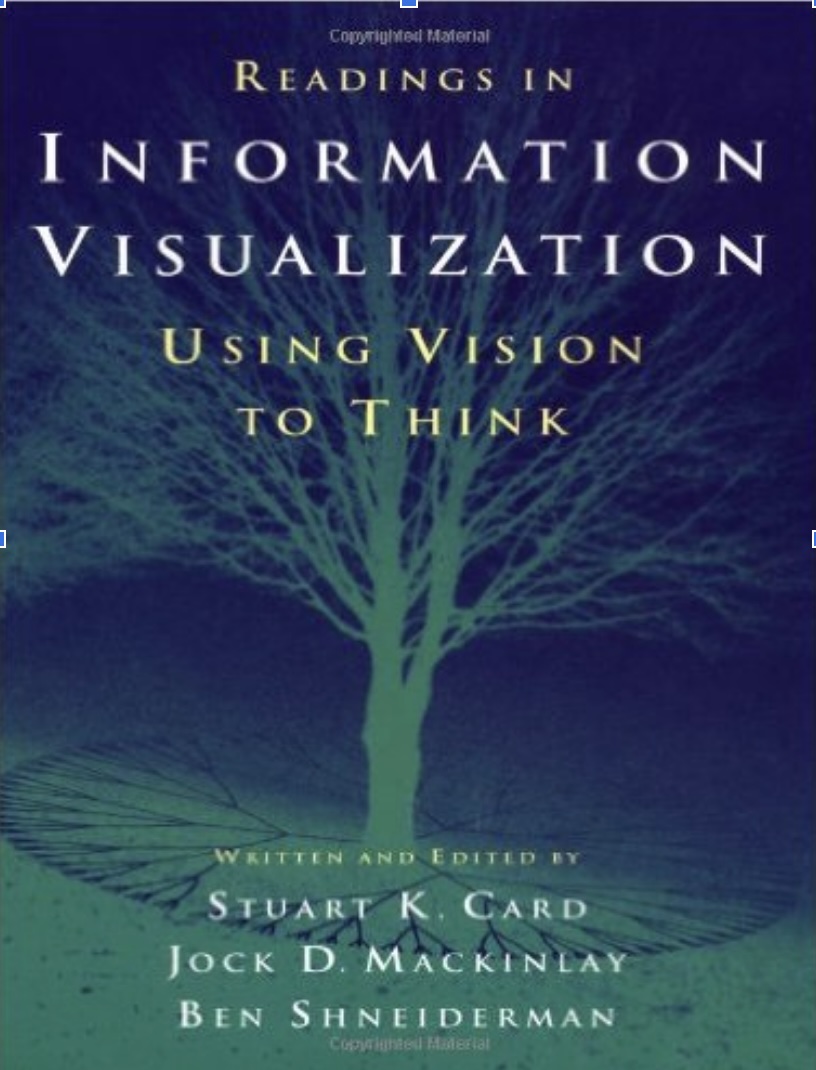
The Power of Visualization: Discovery
John Snow’s Cholera Map (1854)
- Mapped cholera deaths in London
- Revealed cluster around Broad Street water pump
- Visual evidence stopped the outbreak
Tip
Takeaway: Visualization is a powerful tool for discovery and finding patterns invisible in raw data.

The Power of Visualization: Storytelling
Charles Minard’s Map of Napoleon’s March (1869)
- Widely considered one of the best statistical graphics ever created
- Shows six variables simultaneously:
- Army size
- Location & direction
- Temperature
- Distance & time
Tip
Takeaway: Visualization is a powerful medium for dense, high-impact storytelling.
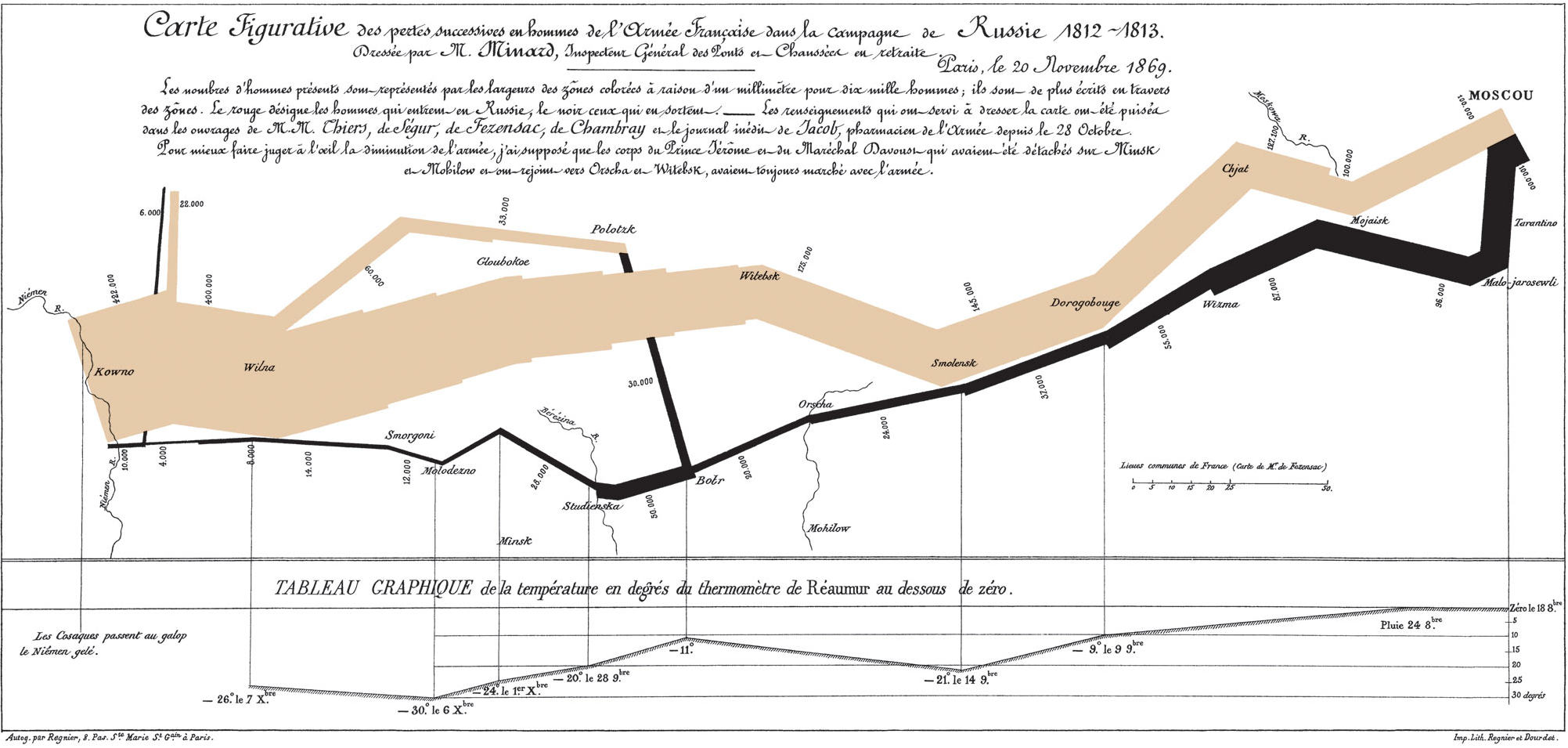
The Power of Visualization: Exploration
NYT: “How Y’all, Youse and You Guys Talk” (2013)
- Modern, interactive visualization
- Built with web technologies (like D3.js!)
- Allows personal exploration of dialect data
- Engages users through personalized results
Try it yourself: NYT Dialect Quiz
Tip
Takeaway: Visualization can be a dynamic interface for personal data exploration.

Key Concepts
- Computer-Based
- Visual Representation
- Abstract Data
- Interactive
- Amplify Cognition
Abstract Data
Data with no obvious/natural visual representation
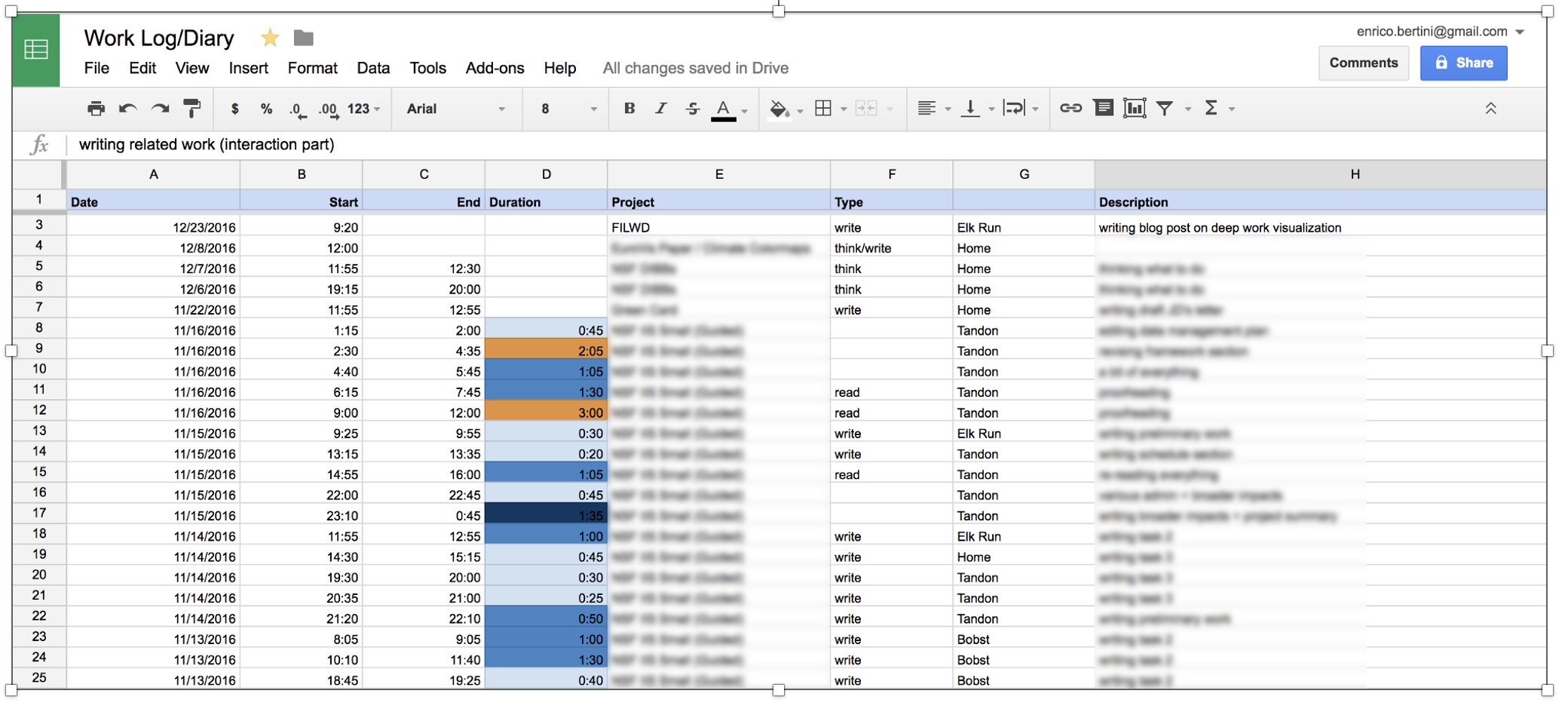
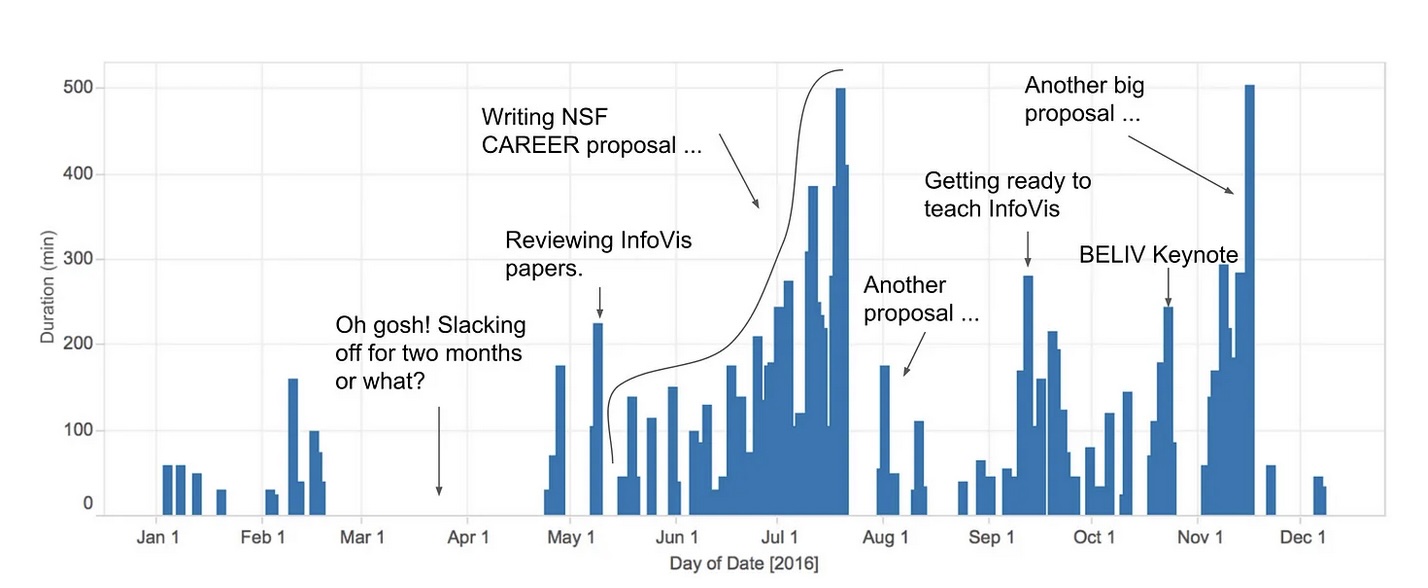
Abstract Data
Data with no obvious/natural visual representation
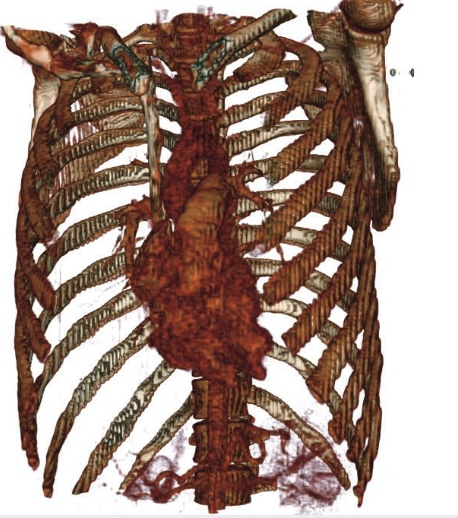
Interactive
Users can change what is visualized and how it is visualized.
Amplify Cognition
- Solve problems with data with less effort, in a shorter time, and more accurately.
- … or even be able to do things it would be impossible to do without a computer and a graphical representation.
Cognitive artifacts: tools that help us think!
- Try to multiply 34 x 72 using exclusively your mind …
- … now do it again using pen and paper.
Why is it easier?
- … because we can store intermediary results in the paper rather than keeping the information in mind. That is, part of the memory is in the world rather than in your head.
Let’s play the “game of 15” …
- The “pieces” for the game are the nine digits: 1, 2, 3, 4, 5, 6, 7, 8, 9. Each player takes a digit in turn. Once a digit is taken, it cannot be used by the other player. The first player to get three digits that sum to 15 wins.
- Here is a sample game: Player A takes 8. Player B takes 2. Then A takes 4, and B takes 3. A takes 5.
- Question 1: Suppose you are now to step in and play for B. What move would you make?
Let’s play a different game: tic-tac-toe
Players alternately place an O or a X in one of nine spaces arranged in a rectangular array. Once a space has been taken, it cannot be changed by either player. The first player to get three symbols in a straight line wins. Suppose player A is X and B is O, and the game has reached the state on the right.
Question 2: Suppose you are now to step in and play an O for B. What move would you make?
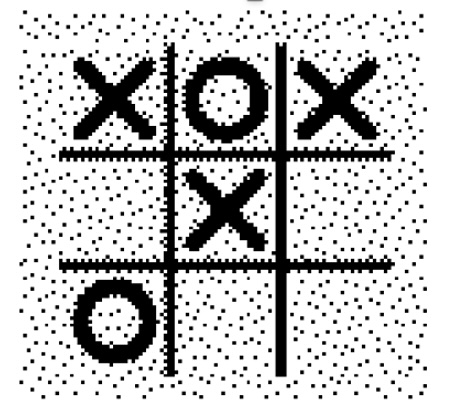
Problem Isomorphs Herbert Simon
- The two problems are equivalent!
Why use visualization?
- Explanatory visualization
- Exploratory visualization
- Confirmatory visualization
Great Explanatory Visualizations
- NYT: https://flowingdata.com/tag/new-york-times/
- Washington Post: http://postgraphics.tumblr.com/
- Gregor Aisch: https://driven-by-data.net/
- Nicky Case/Explorable Explanations: http://explorabl.es/
- Polygraph: http://polygraph.cool/ & https://pudding.cool/
- ProPublica: https://www.propublica.org/
Why use a graphical representation?
- Large parts of our brain are devoted to spatial processing
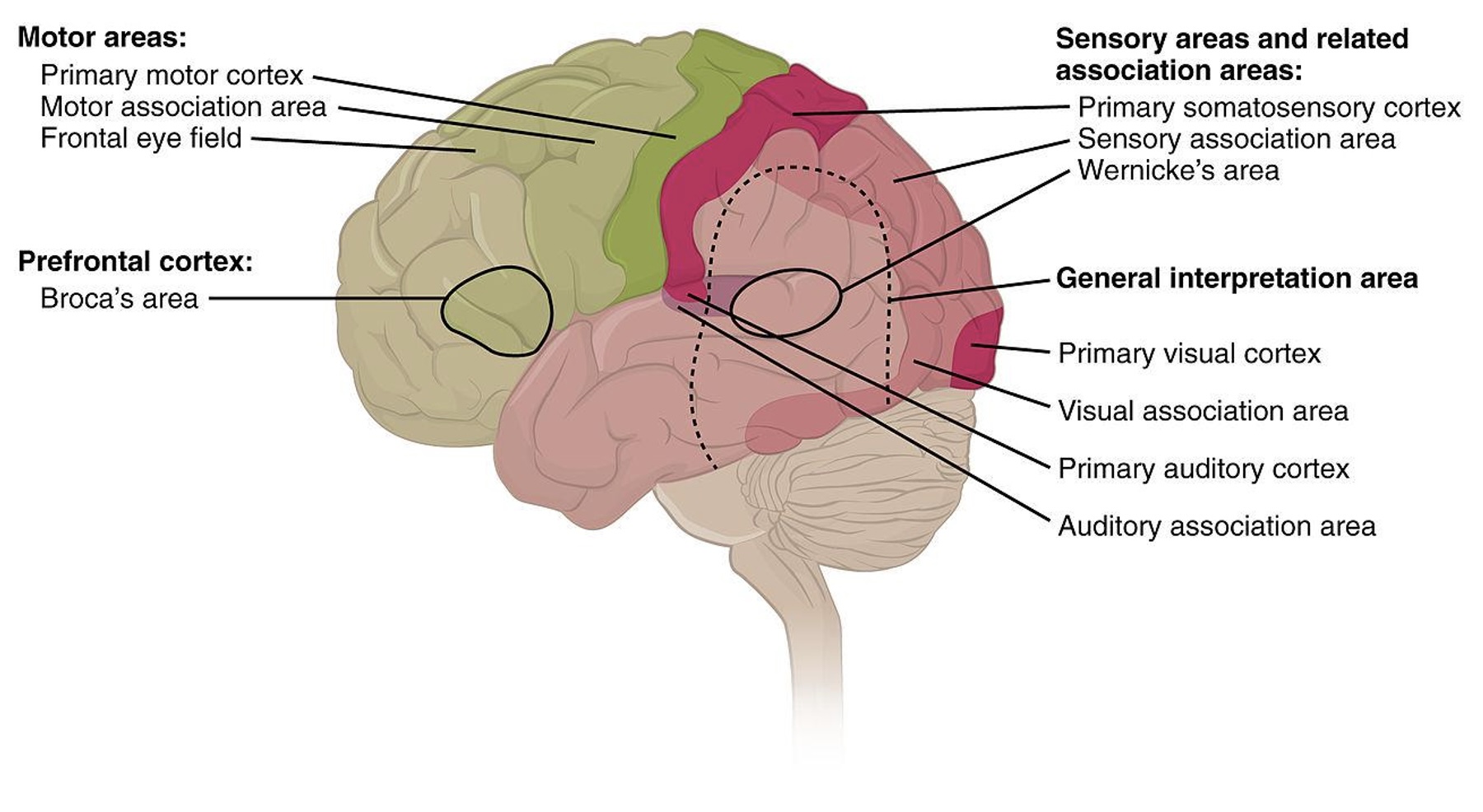
Why use interaction?
- Each visualization can only answer a subset of questions.
- With interaction the user can change what is visualized and how to answer a multitude of questions.
- Also one cannot visualize everything at once.
How do you assess the quality of a visualization?
- Isn’t it subjective? Some people like A, whereas some others like B.
- Some visual representations are better than others at solving particular problems …
Digression: Graphical Perception
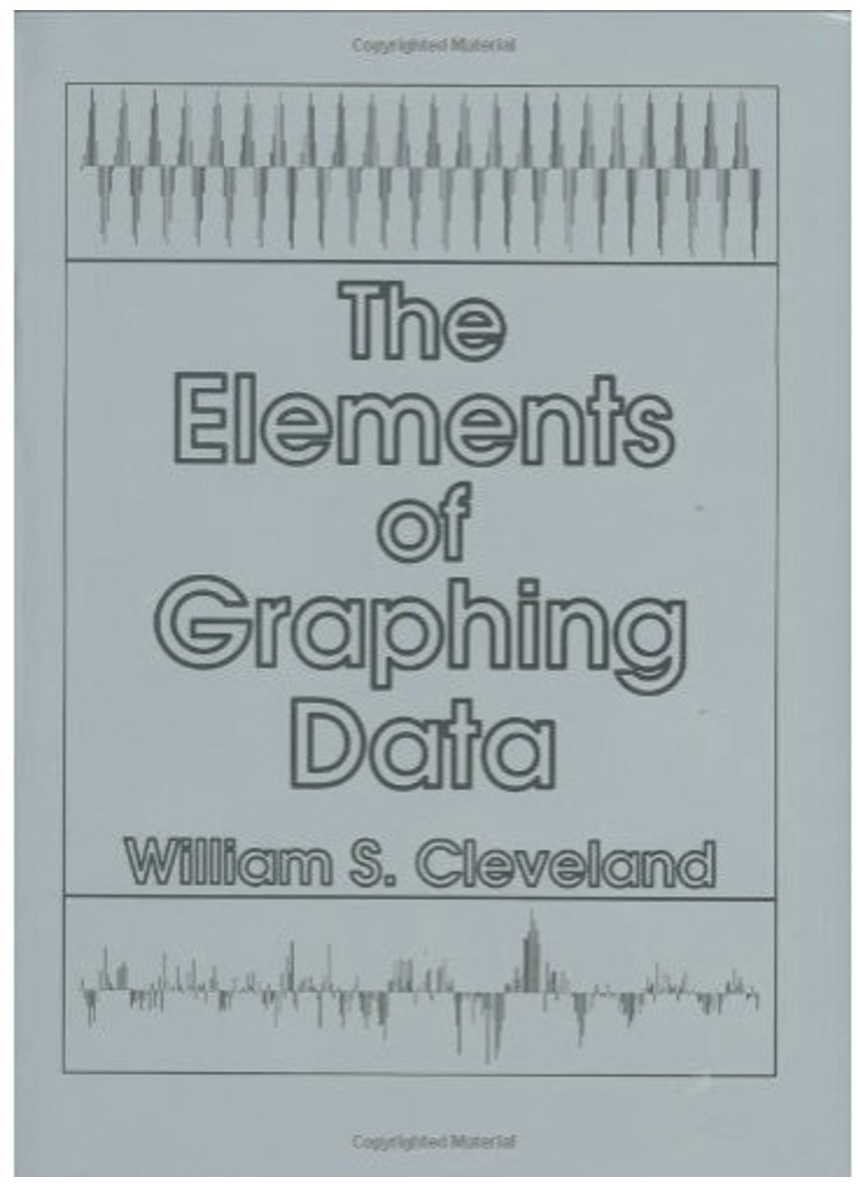
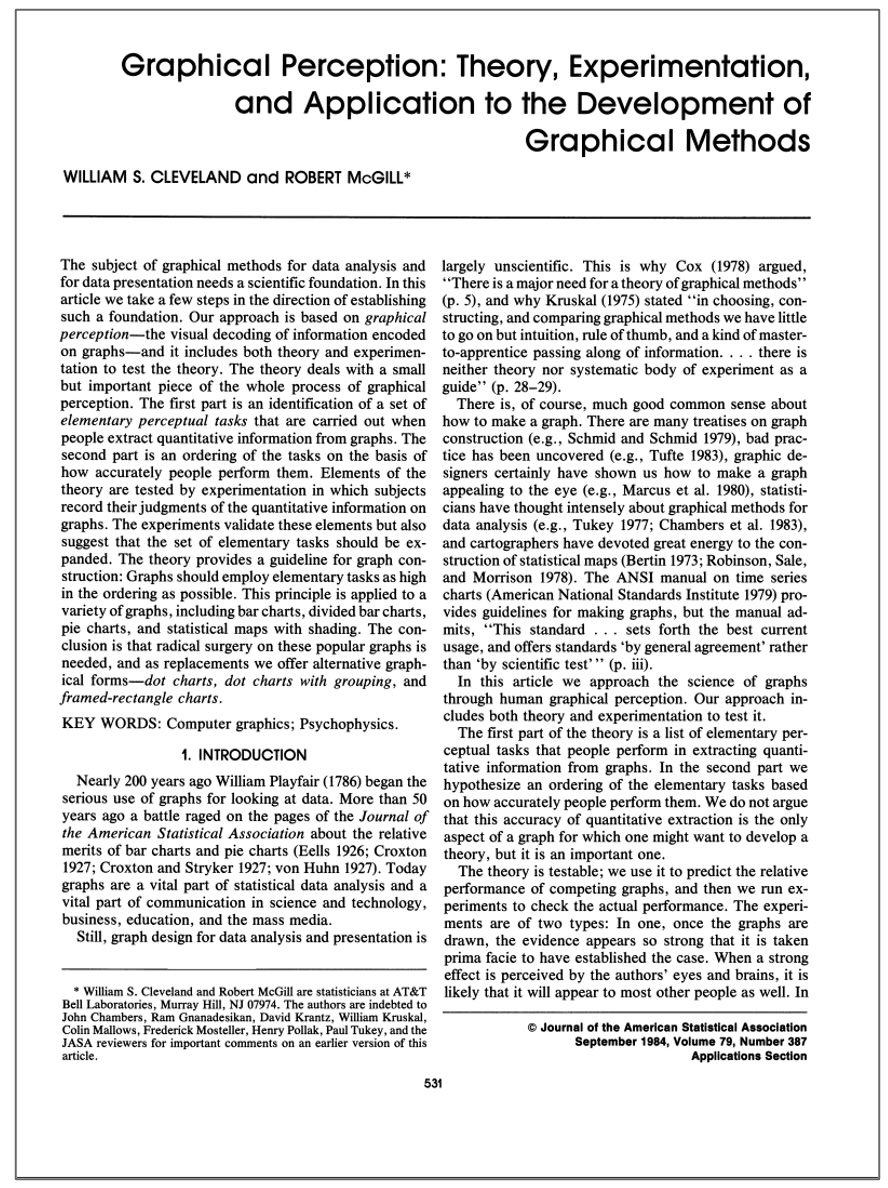
Graphical Perception Experiment

Graphical Perception Results

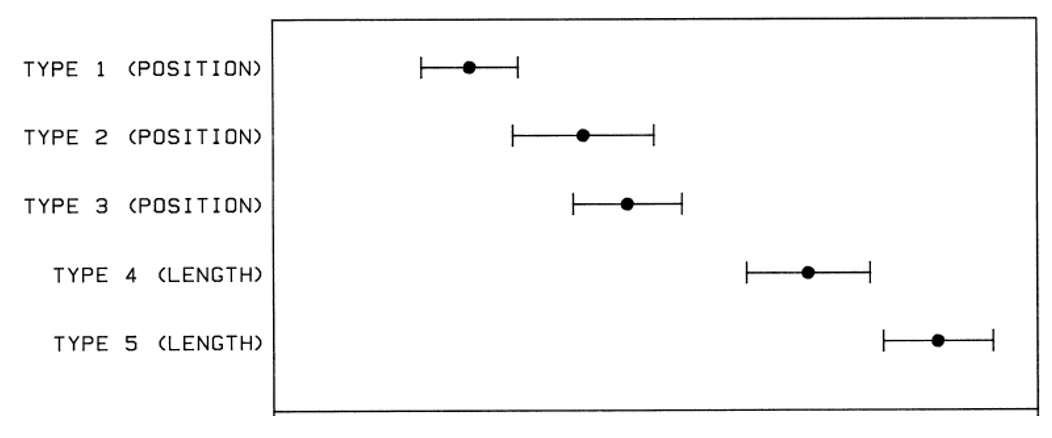
Designing effective visualizations requires
- Knowing the design space
- Being able to compare the solutions
- … in turn comparing the solutions requires understanding human perception.
Data Types
- The first ingredient in effective visualization is the input data. Data values can represent different forms of measurement.
- What kinds of comparisons do those measurements support?
- What kinds of visual encodings then support those comparisons?
Nominal (N) or Categorical (C)
- Nominal data — also called categorical data — consist of category names.
- With nominal data we can compare the equality of values: is value A the same or different than value B? (A = B), supporting statements like “A is equal to B” or “A is not equal to B”.
- When visualizing nominal data we should readily perceive if values are the same or different: position, color hue (blue, red, green, etc.), and shape are all reasonable options.
Ordinal (O)
- Ordinal data consist of values that have a specific ordering.
- With ordinal data we can compare the rank-ordering of values: does value A come before or after value B? (A < B), supporting statements like “A is less than B” or “A is greater than B”.
- When visualizing ordinal data, we should perceive a sense of rank-order. Position, size, or color value (brightness) might be appropriate, whereas color hue (which is not perceptually ordered) would be less appropriate.
Quantitative (Q)
- With quantitative data we can measure numerical differences among values.
- There are multiple sub-types of quantitative data:
- For interval data we can measure the distance between points: (A - B).
- For ratio data we can also measure proportions or scale factors: (A / B).
- Quantitative values can be visualized using position, size, or color value, among other channels. An axis with a zero baseline is essential for proportional comparisons of ratio values, but can be safely omitted for interval comparisons.
Temporal (T)
- Temporal values measure time points or intervals. This type is a special case of quantitative values (timestamps) with rich semantics and conventions (i.e., the Gregorian calendar).
- Example temporal values include date strings such as “2019-01-04” and “Jan 04 2019”, as well as standardized date-times such as the ISO date-time format: “2019-01-04T17:50:35.643Z”.
Spatial (S)
- Data that can be shown in a map
- Also known as geospatial data, refers to information that identifies the geographic location and characteristics of natural or constructed features and boundaries on the Earth.
Data Types Summary
- These data types are not mutually exclusive, but rather form a hierarchy: ordinal data support nominal (equality) comparisons, while quantitative data support ordinal (rank-order) comparisons.
- Moreover, these data types do not provide a fixed categorization. For example, just because a data field is represented using a number doesn’t mean we have to treat it as a quantitative type! We might interpret a set of ages (10 years old, 20 years old, etc.) as nominal (underage or overage), ordinal (grouped by year), or quantitative (calculate average age).
Next: Lab Session
Transition to Lab
- The TA will now lead the lab session
- We’ll cover Observable setup and Vega-Lite basics
- Time for hands-on practice with support
See you next week!
- Complete Exercise 1 (due Sept 11)
- Join the Discord channel
- Check Brightspace for materials

